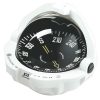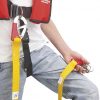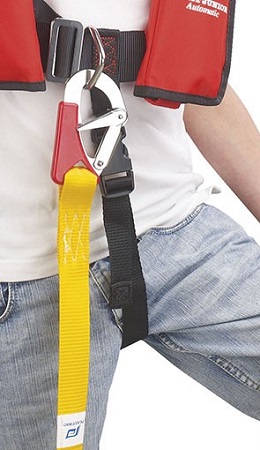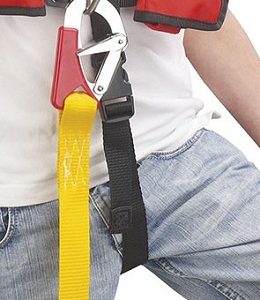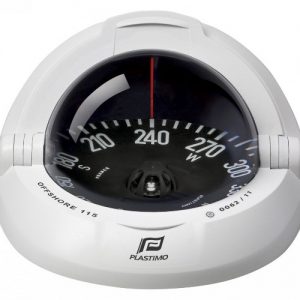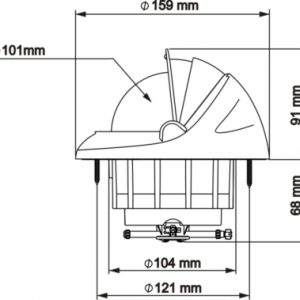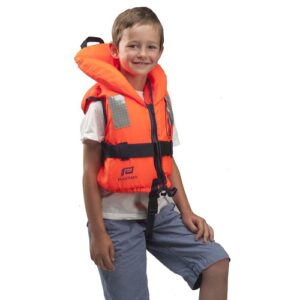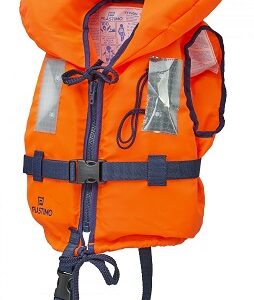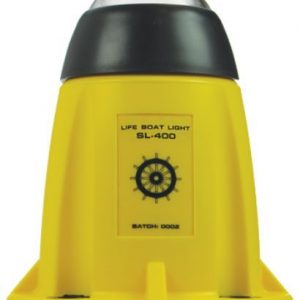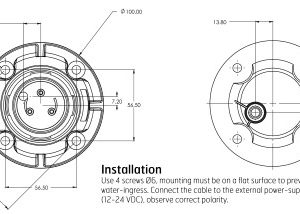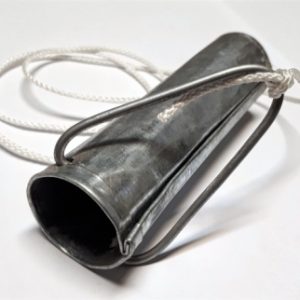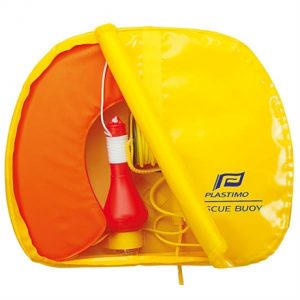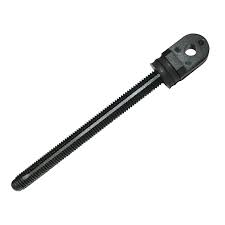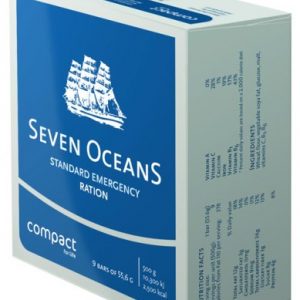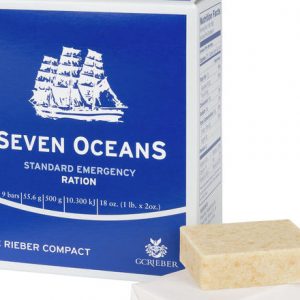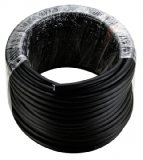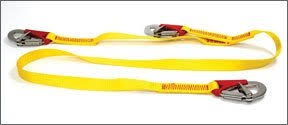
Lifejacket Tether CE EN ISO 12401
Suitable for inflatable lifejackets and safety harness.
A tether is an indispensable complement
to an inflatable lifejacket, provided you
have initially selected a jacket model “with
harness”, i.e. with stainless steel buckles
and meeting the resistance requirements
of EN ISO 12401 standard.
All our tethers are equipped with safety
hooks to prevent accidental opening.
A tether is an indispensable accessory which makes an inflatable lifejacket a fully featured safety equipment. Provided of course, that you have originally selected a lifejacket with integrated harness: the only version providing the adequate resistance and featuring a stainless steel triangle or a textile loop to secure the tether.
When using a harness in conjunction with a tether, it is essential to check that both the harness and the tether are designed to the same standard, and specifically to the same breaking strain level.
The breaking strain is defined by the original standard, but also by the age of the harness or tether: the ageing and general condition of the webbing impacts negatively it’s level of performance.
Tether: its essential features
• The number of lines: a double tether has 2 lines. It enables you to remain clipped as you move about the deck.
• The number of hooks: there is not systematically a hook at both ends; the tether can be attached to the harness via a webbing loop
• Length of lines: standard length is 2 m. In the case of a double tether, the 2nd line is reduced to 1 m so that you can clip
yourself on a shorter length. The very principle of a harness is to prevent a man falling overboard and being dragged; one
must, therefore, be clipped on a short length, as often as possible. Tethers on children harnesses are shorter.
• Elasticity: this tether stretches out when needed and contracts when not under tension, which contributes to greater freedom of
movement and improved safety, as it is kept short and tidy to prevent accidental snagging. The elastic tether is the obvious choice for yachtsmen who wear their harness regularly.

